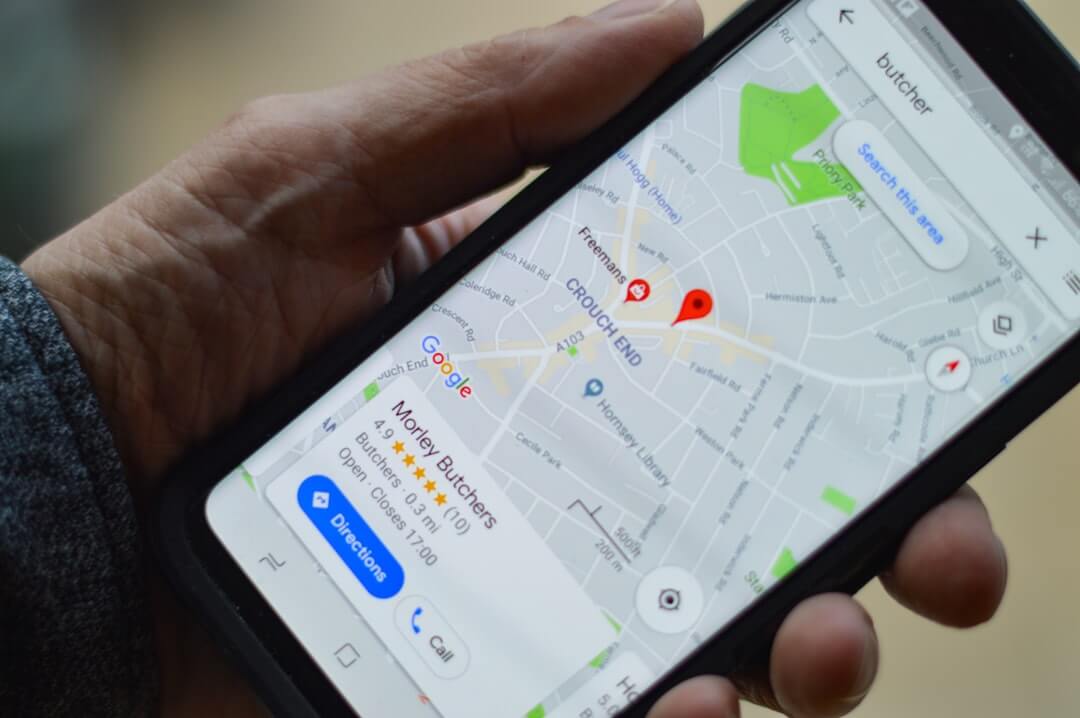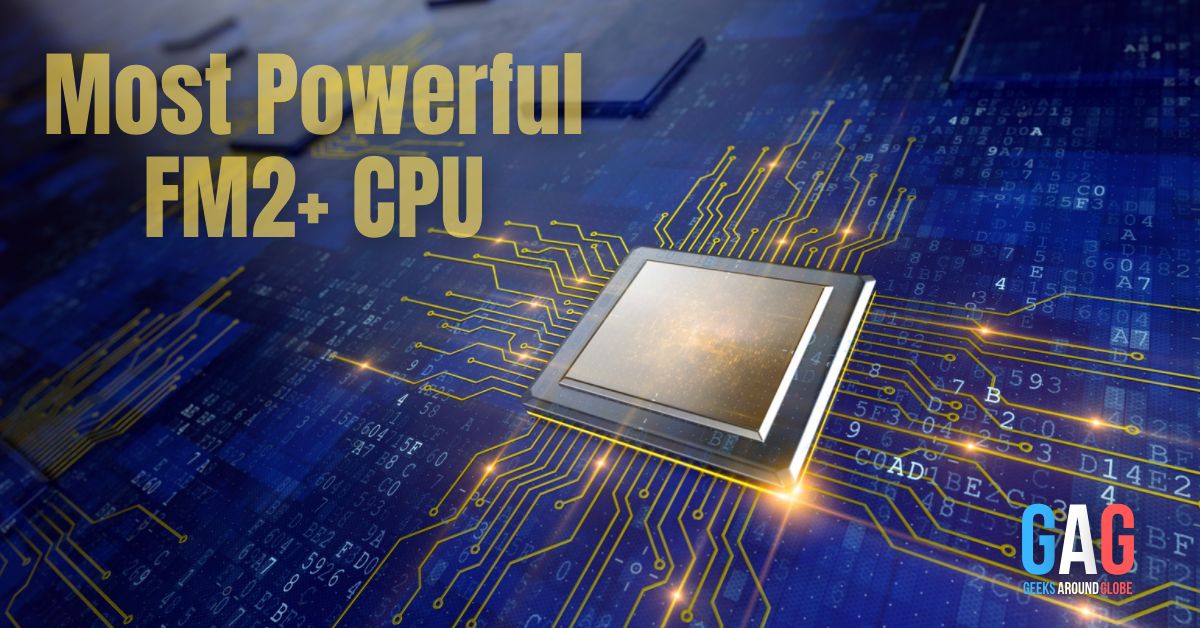In the innovative world of decentralized finance, understanding the intricacies of DAO structures is essential for navigating this dynamic landscape. This article provides a deep dive into the various frameworks of DAOs, including their legal, organizational, and company structures. Join us as we unravel the complexities of DAO structures, offering insights and guidance for enthusiasts and professionals alike.
Introduction
Decentralized Autonomous Organizations (DAOs) represent a revolutionary shift in the way we think about governance and organizational management. By leveraging blockchain technology, DAOs offer a level of transparency, efficiency, and community involvement previously unattainable in traditional organizational structures. However, the novelty of DAOs also brings with it a complexity in understanding the various structures they can take. This article aims to provide a comprehensive overview of DAO structures, exploring their legal, organizational, and company frameworks to offer a clearer understanding of how they operate and are governed.
Understanding DAO Structures
The Legal Structure of DAOs
The legal structure of a DAO is one of its most debated aspects, primarily because the concept challenges traditional legal frameworks. Unlike conventional organizations, DAOs operate on a decentralized network, often without a central authority or physical location. This characteristic poses unique challenges in terms of regulation and legal recognition. Various jurisdictions are beginning to explore how DAOs fit into existing legal systems, with some countries offering innovative solutions to incorporate them as legal entities. Understanding the legal structure of DAOs is crucial for ensuring compliance and protection for its members.
DAO Organizational Structure
At the heart of every DAO is its organizational structure, which dictates how decisions are made, how tasks are allocated, and how the organization adapts to changes. Unlike traditional organizations that rely on hierarchical structures, DAOs typically operate on a flat organizational model. This model emphasizes community governance, where decisions are made collectively by its members through a consensus mechanism or voting system. This section explores the mechanisms that enable DAOs to maintain their decentralized nature while ensuring efficient operation and governance.
The Company Structure of DAOs
While Decentralized Autonomous Organizations (DAOs) diverge significantly from traditional corporate models, they often emulate certain aspects of company-like structures to streamline their operations and governance. This hybrid model, known as the DAO company structure, is pivotal for delineating the roles, responsibilities, and the intricate web of relationships among its constituents, including members, developers, and various stakeholders.
Roles and Responsibilities
In a DAO, the distribution of roles and responsibilities is fundamentally different from that in traditional companies. There are no CEOs, CFOs, or traditional managerial roles. Instead, DAOs operate on a system of smart contracts that execute automatically based on predefined rules. However, human input is still crucial for the creation, proposal, and voting on these rules. Members might take on specific roles akin to project managers, community managers, or developers, depending on the DAO’s needs and the skills of its members. These roles are more fluid and can change as the DAO evolves.
Governance and Decision-Making
The governance structure within a DAO is one of its most defining features. Decision-making processes are typically democratized, with token holders voting on proposals that dictate the direction and operation of the DAO. This could range from deciding on investment strategies to approving new members or projects. The voting power is usually proportional to the number of tokens a member holds, aligning the governance with the interests of the most invested members.
Stakeholder Relationships
In traditional companies, stakeholder relationships are defined by shareholding, employment contracts, and service agreements. In DAOs, these relationships are governed by the consensus of its members and the smart contracts that encode the organization’s rules. Contributors, investors, and users interact in a more direct and transparent manner, fostering a community-oriented environment that is responsive to the needs and desires of its participants.
Challenges and Considerations in DAO Structures
Despite the innovative approach to organization and governance that DAOs offer, they are not without their challenges. These challenges must be carefully navigated to harness the full potential of DAOs.
Scalability Issues
As DAOs grow in size and complexity, scalability becomes a significant challenge. The consensus mechanisms that ensure democratic decision-making can become cumbersome and slow, potentially hindering the DAO’s ability to make timely decisions. Finding a balance between inclusive governance and operational efficiency is a critical challenge for DAOs as they scale.
Security Vulnerabilities
The reliance on smart contracts and blockchain technology exposes DAOs to unique security risks. Smart contracts are immutable once deployed, meaning any vulnerabilities in the code can be exploited indefinitely unless addressed in subsequent versions or through complex workaround strategies. High-profile hacks and security breaches have underscored the importance of rigorous testing and auditing of smart contracts.
Legal Uncertainties
The legal status of DAOs remains a gray area in many jurisdictions. Without clear legal recognition, DAOs operate in a regulatory limbo, which can pose risks to members and stakeholders, especially when it comes to liability, taxation, and compliance with financial regulations. Navigating this uncertain legal landscape is a significant challenge for DAOs, requiring innovative legal solutions and advocacy for regulatory clarity.
Governance Disputes
While the democratic governance model of DAOs is a key advantage, it also opens the door to potential disputes. The diversity of opinions and interests within a DAO can lead to conflicts, especially in the absence of traditional hierarchical structures to resolve disputes. Developing effective dispute resolution mechanisms that align with the decentralized and autonomous nature of DAOs is crucial for their long-term success.
Conclusion
DAO structures represent a fascinating blend of technology, governance, and community collaboration. As we have explored, the legal, organizational, and company structures of DAOs offer a glimpse into the future of decentralized governance. However, understanding these structures is not without its challenges. As the landscape of decentralized finance continues to evolve, so too will the frameworks and models of DAOs. For enthusiasts, professionals, and participants in the DAO ecosystem, staying informed and adaptable is key to navigating this dynamic field successfully. By embracing the complexities and opportunities presented by DAO structures, we can unlock the full potential of decentralized autonomous organizations, paving the way for a more transparent, efficient, and inclusive future.







